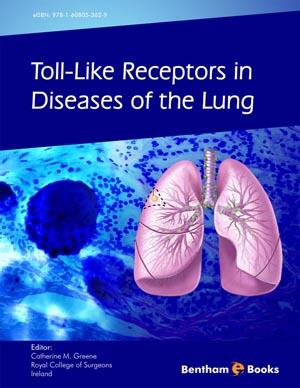Abstract
Asthma is a chronic inflammatory airway disease characterized by episodes of reversible airway narrowing, bronchial hyperresponsiveness and chronic pulmonary inflammation. The prevalence of asthma has been increasing since the 1980s with more than 150 million people affected worldwide. Developed and westernized countries have higher asthma prevalence. To date, asthma is the most common chronic disease in children. More than 50% of asthma cases are the atopic/allergic form triggered by environmental allergens. In the last decade, much attention has been focused on the role of toll-like receptors (TLRs) in the pathogenesis of allergic asthma where it has been suggested that TLRs form the link between the innate and the adaptive immune responses. Toll-like receptors exhibit an important role in the activation of cells of the innate immune system, such as monocytes, macrophages, dendritic cells, mast cells and neutrophils. This chapter will discuss the current knowledge on the different TLRs and their possible roles in allergic asthma.
Keywords: Asthma, allergic lung, CpG-ODN therapy, probiotics.






















